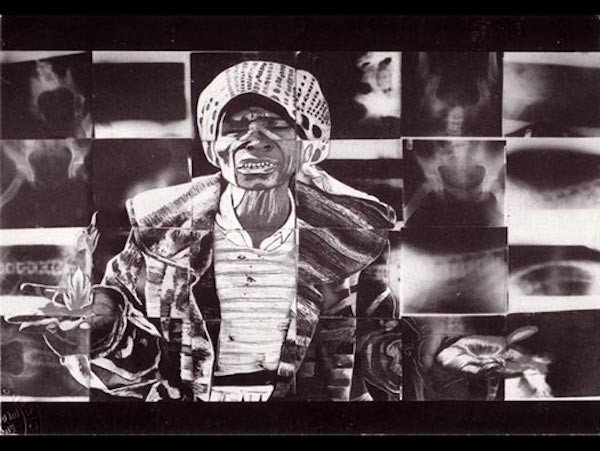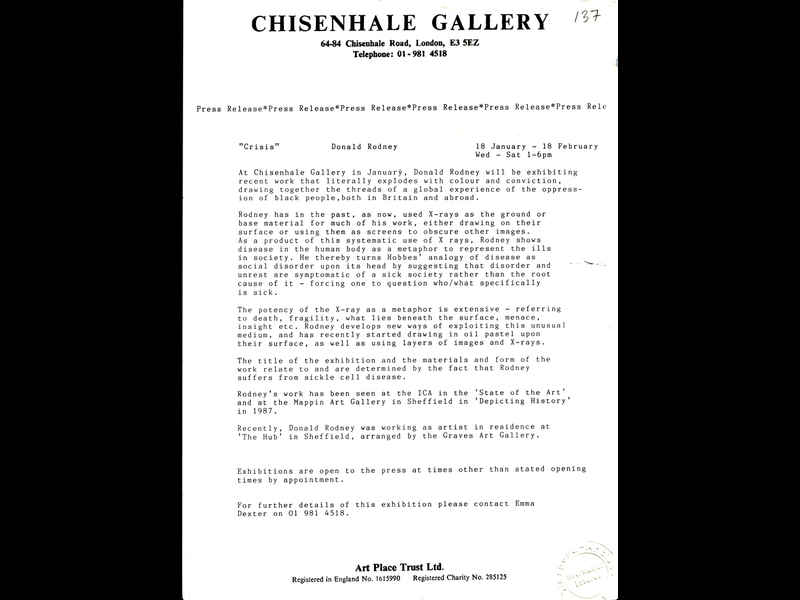
“You’re not putting America and Britain on the same footing… It’s not the same, is it?”—BBC Newsnight presenter Emily Maitlis interviewing George the Poet, 1 June, 2020
The traumatic maelstrom of recent days will resonate for generations—the indelibly devastating image of black American civilian George Floyd being torturously suffocated to death by white cop David Chauvin on 25 May, 2020; the impassioned and volatile physical and digital protests that have ensued globally, including across Britain, where I write this.
Black Lives Matter, everywhere. Black lives are vital, significant and central to everything, and yet, even at this stage in the twenty-first century, decades after pivotal civil rights breakthroughs, we see that black experience is simultaneously co-opted and side-lined by a mainstream that insists (through self-soothing ignorance or passo-aggro gaslighting) that institutional racism and abuse of power is a far-removed tragedy or a hideous anomaly.
It was fascinating and infuriating to watch the above Newsnight segment: two intelligent, highly educated Britons conversing, with the white presenter somehow incredulous about the black guest’s eloquent, informed and moving points. When “official” headlines and history books remain mired in self-denial about good old Blighty, art tends to give us a bigger picture, and I have found myself increasingly returning to the brilliant conceptual work of Donald Rodney.

Back in the 1980s, Donald Rodney was a key figure in the BLK Art Group that emerged in Britain’s Midlands: an abundance of talent also involving Eddie Chambers, Marlene Smith, Keith Piper and associated contemporaries such as Sonia Boyce, Tam Joseph and Lubaina Himid. Rodney was just thirty-six when he died of sickle cell disease in 1998. He earned a celebrated legacy through his innovative multi-media art that explored his British Caribbean heritage, utilized scientific and organic materials (including discarded hospital X-rays, and his own skin and blood) and examined broad issues of representation, racism, health and technology. He still warrants further mainstream recognition.
“Rodney drew from his own experience of police prejudice as a black man; Crisis conveys this as our universal concern”
Rodney’s 1989 collection Crisis, initially developed during his residency at a Sheffield black community centre and exhibited at East London’s Chisenhale Gallery, feels particularly pertinent in 2020. Rodney related the title to a series of crises, including the political (“This is the third term of New Right politics, and all gains made by the left have diminished from our memory,” he explained), the environmental and the medical. He uses radiology material, as well as his gift for beautifully detailed drawing and painting, to assemble pictures that are incredibly vivid and close-to-the-bone.
There is terror in many of the depictions (looming white guards on horseback; a black youth being sadistically manhandled by smirking authorities), and there is an undeniable tenderness and empathy in Rodney’s hand. Invariably, Rodney drew from his own experience of police prejudice as a black man; Crisis evocatively conveys this as our universal concern.

In his obituary for his friend and peer Rodney in Art Monthly, Eddie Chambers noted that Rodney’s use of hospital X-rays “was not to draw attention to the blood disorder that was slowly corroding his body. Instead, he used X-rays as a metaphor to represent the ‘disease’ of apartheid, the ‘disease’ of police brutality and the ‘disease’ of racism that lay at the core of society.”
“When I take in Rodney’s images, I can feel and hear my own blood flowing and rushing”
It’s surely impossible to be impassive while watching Rodney’s work. His works in Crisis capture his gift for clinical precision and a heartfelt response. It powerfully centres the oppressed in these ongoing times of crises; we meet the lucid eyes of the black youth in the grip of brutal institutions, and we stay with him (this picture would also recur in a later group exhibition, Us an’ Dem, named after a poem by the brilliant Benjamin Zephaniah). When I take in Rodney’s images, I can feel and hear my own blood flowing and rushing. His art creates this irrepressible sense of human connection: the personal perspective; the collective fight for equality; the infinite potential to flourish.





